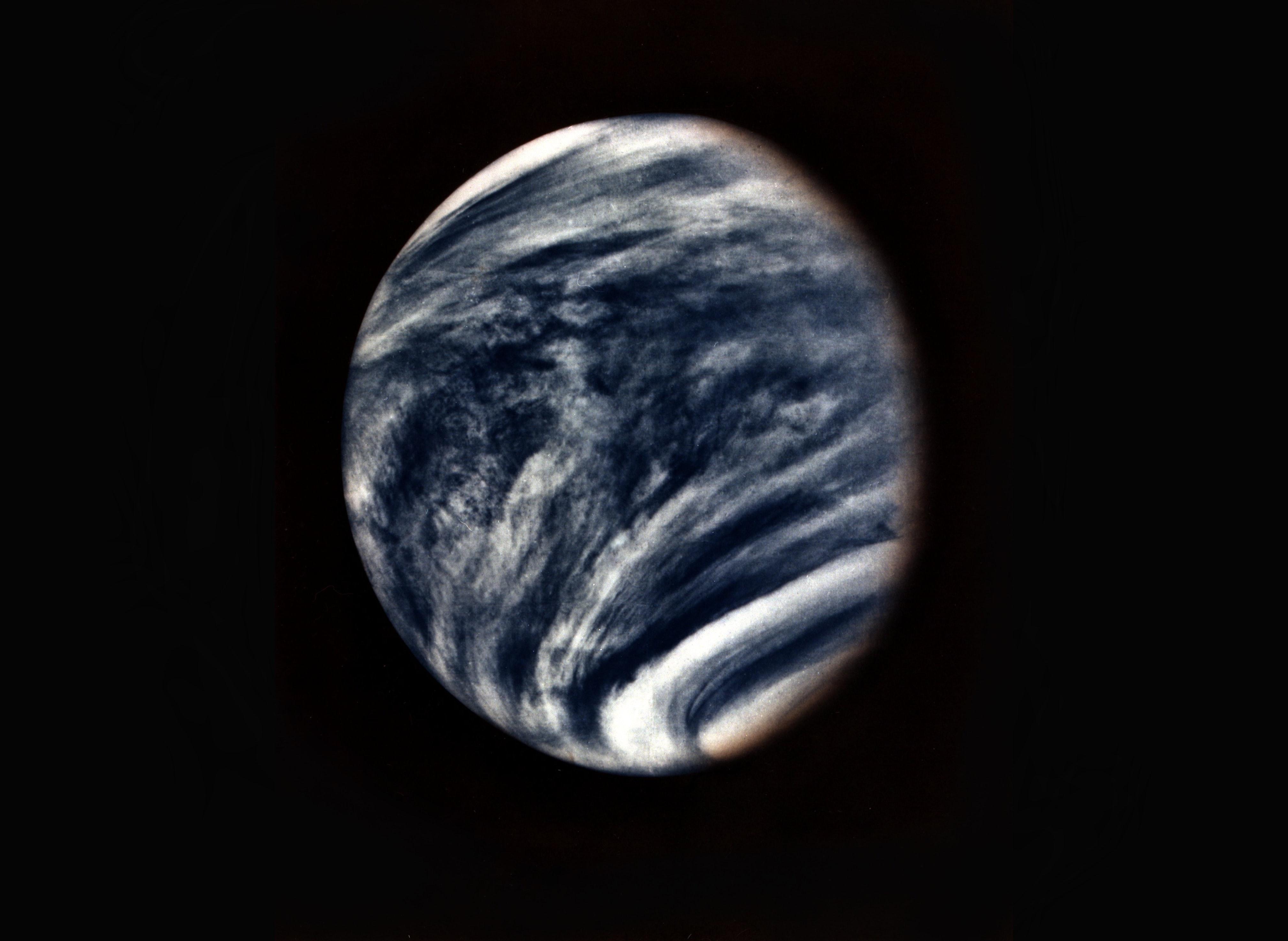
The first time I read the words “robot balloon”, I did not really know what to imagine. At first, I thought that it was perhaps one of those balloon animals that can navigate itself through the air by some mechanical “legs” attached to it, but then I saw that the article was actually talking about a NASA project. My next thought was, ‘Oh, a space balloon? How does that work?’. Thus this post will be my deep dive into what NASA’s robot balloon exactly is and does.
What even is a robot balloon?
Let’s focus on one question at the time. What is the robot balloon? It is a prototype of the construction NASA wants to use to do scientific investigations on Venus. The aerial robotic balloon is built to withstand the environment on Venus. This is why it is built with multiple layers, such as a layer that reduces solar heating and an acid-proof coating, so it does not immediately get damaged in Venus’ atmosphere.
The robot is designed with two sort of balloons: an inner and an outer balloon. The inner balloon, or reservoir as it is described by the Jet Propulsion Laboratory article, is filled with helium. The outer balloon can expand to fly higher, or decrease in size to go lower, via the tubes that connect the two balloons. When the helium goes into the outer balloon, the balloon gets bigger. Likewise, when helium goes back into the inner balloon, the outer balloon gets smaller.
The purpose of this prototype
I found out about this robot balloon was because I came across this article that described the tests that NASA had conducted in the Nevada desert. Like I mentioned before, the balloon is designed with a mission to Venus in mind.
The planet Venus is the hottest planet in our solar system, and its atmosphere is toxic. It is filled with carbon dioxide, and clouds of sulfuric acid keep heat trapped in the atmosphere. On top of that, the temperature on the planet is super high – 475 degrees Celsius. This all means that the robot balloon has to be able to withstand these circumstances if it has to conduct scientific investigations there. A balloon design was chosen to do research with, because the surface of Venus has a really high air pressure.
The goal of the robot balloon is to travel in Venus’ atmosphere for 100 days. There, it would monitor the atmosphere to look for venusquakes, and analyse the chemical composition of the clouds. The point is that there will be an orbiter nearby the balloon that relays the findings from the balloon to Earth.
Flight tests
NASA’s robot balloon has successfully done flight tests in the Nevada desert. Well, the smaller version of the final design did at least. The prototype is a third the size of the final design. The reason a balloon has been chosen instead of an orbiter, is because a region of Venus’ atmosphere is too low for the orbiters to reach. The flight tests have shown that the balloon design is a viable option to use for the research.
The test flights have resulted in more data that NASA’s Jet Propulsion Laboratory can use in their computer models to simulate what the exploration of Venus should look like. However, none of the articles I found regarding the test flights mentioned a possible timeline for when exactly the Venus mission could happen.
All in all, the fact that something as simple as a balloon can be turned into this advanced concept to carry out scientific research is something I find really interesting and cool. At first, I was kind of surprised there weren’t that many investigations of Venus, but after learning more about its composition, it made sense. Knowing that these tests will lead to more revelations in the future is certainly something to look forward to.
References
https://www.jpl.nasa.gov/news/jpls-venus-aerial-robotic-balloon-prototype-aces-test-flights



Balloons are already quite cool, space balloons however are on a different level!
I have seen how Nasa’s JPL department highlights its work in slick media content. The question for me is, does it serve them to invest in exposure?
Nice article on an interesting find. The article you linked mentioned the last time balloons arrived in the atmosphere of Venus was in 1985. I wonder why it has taken such a long time (for space travel standards) for a new attempt at balloons on Venus. As you said, there is no timeline to be found for when this is launched, but I hope there will be follow-up in the next 10-20 years, or at least in my lifetime.